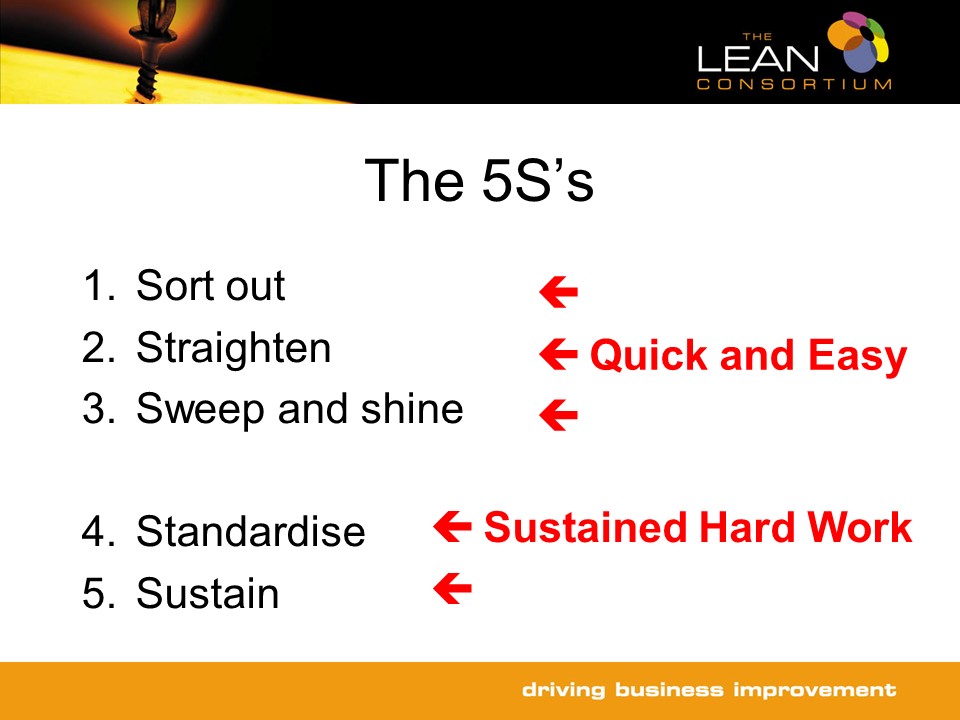Many of our UK clients are finding it hard to recruit, reward and retain good people. Inflation is surging, household budgets are stretched, and the labour market is tight. Unusually, there are too many jobs chasing too few people. Flexible working, home working, hybrid working, four-day weeks, joining bonuses, and other innovations are just some of the “headline” ways that employers are trying to cope.
As consultants, we’re seeing the effects at first hand. More and more clients want us to provide resources they simply don’t have. We help them tackle new projects, coaching and mentoring their in-house staff. We provide concentrated part-time resource (the Operations Director that isn’t yet a full-time role). And we help them to develop a whole range of reward, recognition and incentive programmes.
Growing businesses often find that their payment and bonus systems become opaque, demotivating and no longer fit for purpose. In urgent cases, we can often recommend simple, transparent systems to relieve some of the pressure points. This buys time to follow up with a more nuanced and effective approach, yet still keeping it simple and transparent. Most importantly, the new systems need to be seen as fair, and reward the right actions and behaviours. Simple grade structures, payment for skills schemes, group productivity programmes, and individual performance reviews are all part of the arsenal! If you find your own organisation struggling with the “three R’s”, simply drop an email to info [at] nicholsonconsultancy [dot] com, and find out how we can help…







